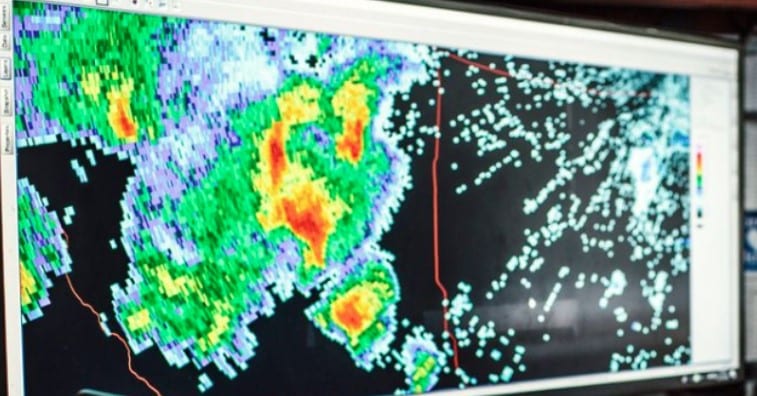CONTACT A FORENSIC METEOROLOGIST
Forensic Meteorology in Storm Damage Claims: A Comprehensive Guide
The Evolution of Weather Analysis in Insurance Claims
The landscape of insurance claims has transformed dramatically with the emergence of forensic meteorology as a crucial discipline. Storm damage assessment is no longer a matter of simple observation; it now demands scientific precision and expert analysis. This shift reflects the increasing complexity of weather patterns, the rising costs of property damage, and the need for accurate, defensible claim resolutions.
Understanding the Forensic Meteorologist’s Role
Forensic meteorologists serve as the bridge between raw weather data and actionable insights in storm damage claims. Their expertise extends beyond traditional weather forecasting to include:
Evidence Collection and Analysis
- Gathering data from multiple sources, including weather stations, satellite imagery, and ground-based radar systems
- Reconstructing weather events through advanced modeling techniques
- Analyzing storm characteristics and their potential impact on structures
- Validating eyewitness accounts against meteorological data
Legal and Insurance Applications
- Providing expert testimony in litigation
- Preparing detailed reports for insurance carriers
- Assisting in policy interpretation regarding weather-specific clauses
- Supporting subrogation efforts in complex multi-party claims
Critical Applications in Claims Resolution
Wind Damage Assessment
When wind damage claims arise, forensic meteorologists employ sophisticated methods to:
- Map wind patterns and velocities across affected areas
- Determine peak gusts and sustained wind speeds
- Analyze terrain effects on local wind conditions
- Distinguish between various types of wind events (straight-line winds, microbursts, tornadic activity)
Hail Event Authentication
Hail claims require particular attention to:
- Stone size distribution and impact patterns
- Storm cell tracking and development
- Duration and intensity of hailfall
- Historical hail events in the affected area
Precipitation Analysis
For flood and water damage claims, meteorologists investigate:
- Rainfall rates and accumulation patterns
- Watershed conditions and runoff potential
- Storm system development and movement
- Antecedent moisture conditions
Impact on Claims Processing
Enhanced Accuracy
Forensic meteorological analysis provides:
- The precise timing of weather events
- Detailed spatial resolution of storm impacts
- Quantitative assessment of weather parameters
- Scientific validation of damage mechanisms
Best Practices for Implementation
Early Engagement
- Involve forensic meteorologists at the outset of complex claims
- Establish clear communication channels between all parties
- Define the scope and objectives of meteorological analysis
- Set realistic timelines for investigation and reporting
Future Developments
The field of forensic meteorology continues to evolve with the following:
- Advanced radar and satellite technology
- Improved computational modeling capabilities
- Machine learning applications in weather analysis
- Enhanced integration with claims management system
Additional Resources
American Meteorological Society\’s Guidelines for Forensic Meteorology
- National Weather Service\’s Technical Documentation
- Insurance Institute for Business & Home Safety Research Reports
- State-specific Weather Data Archives
‘,

